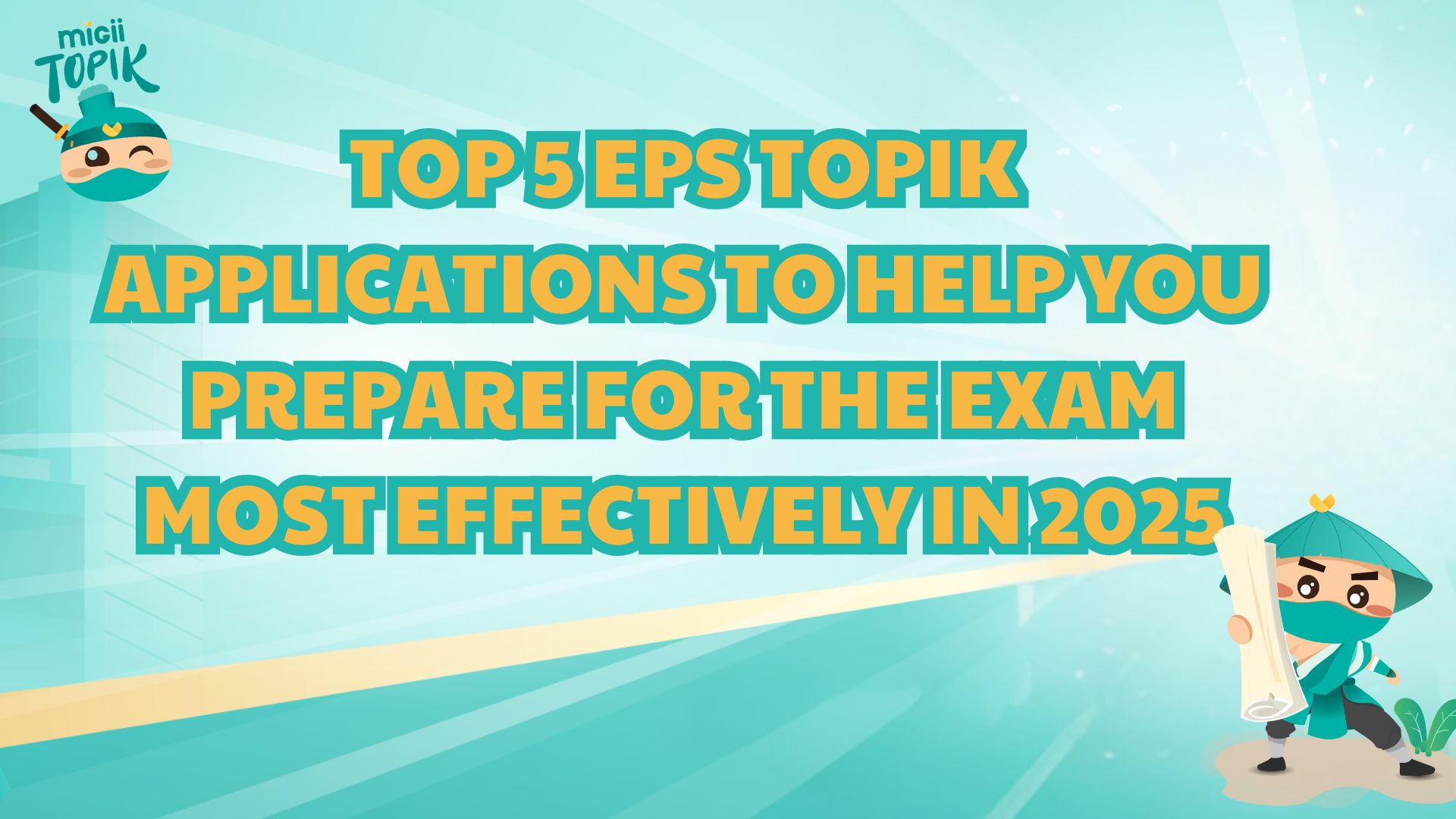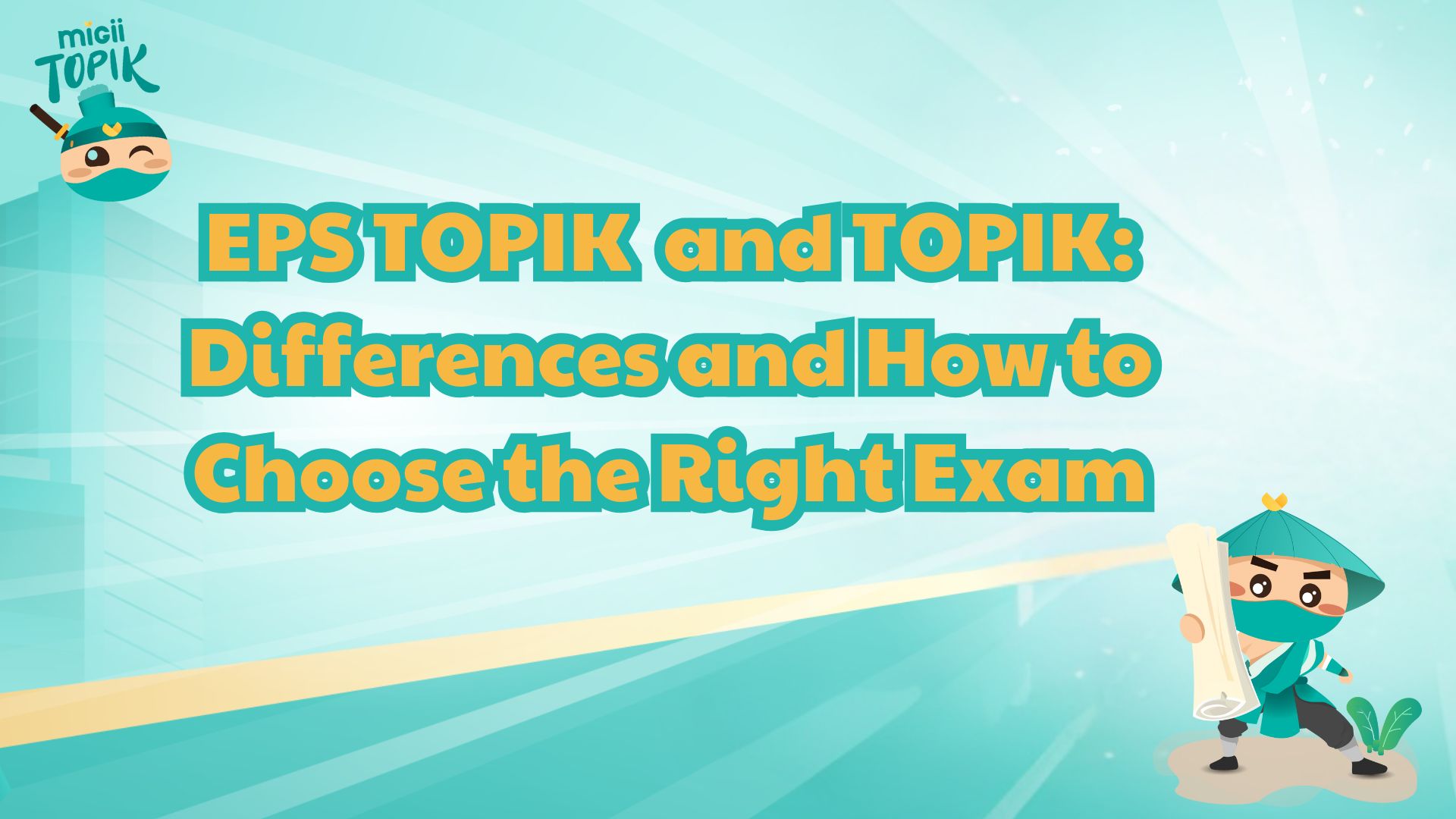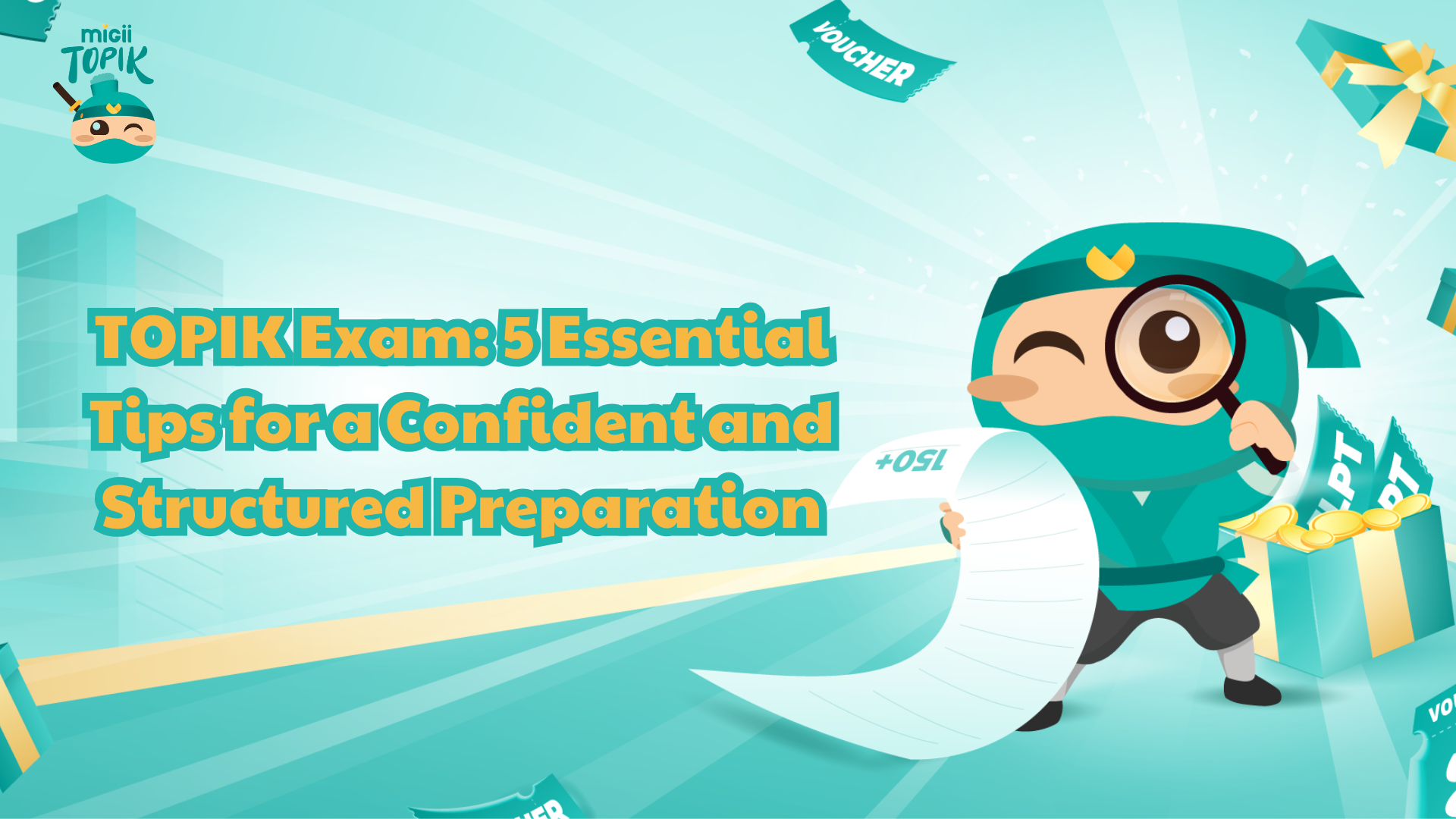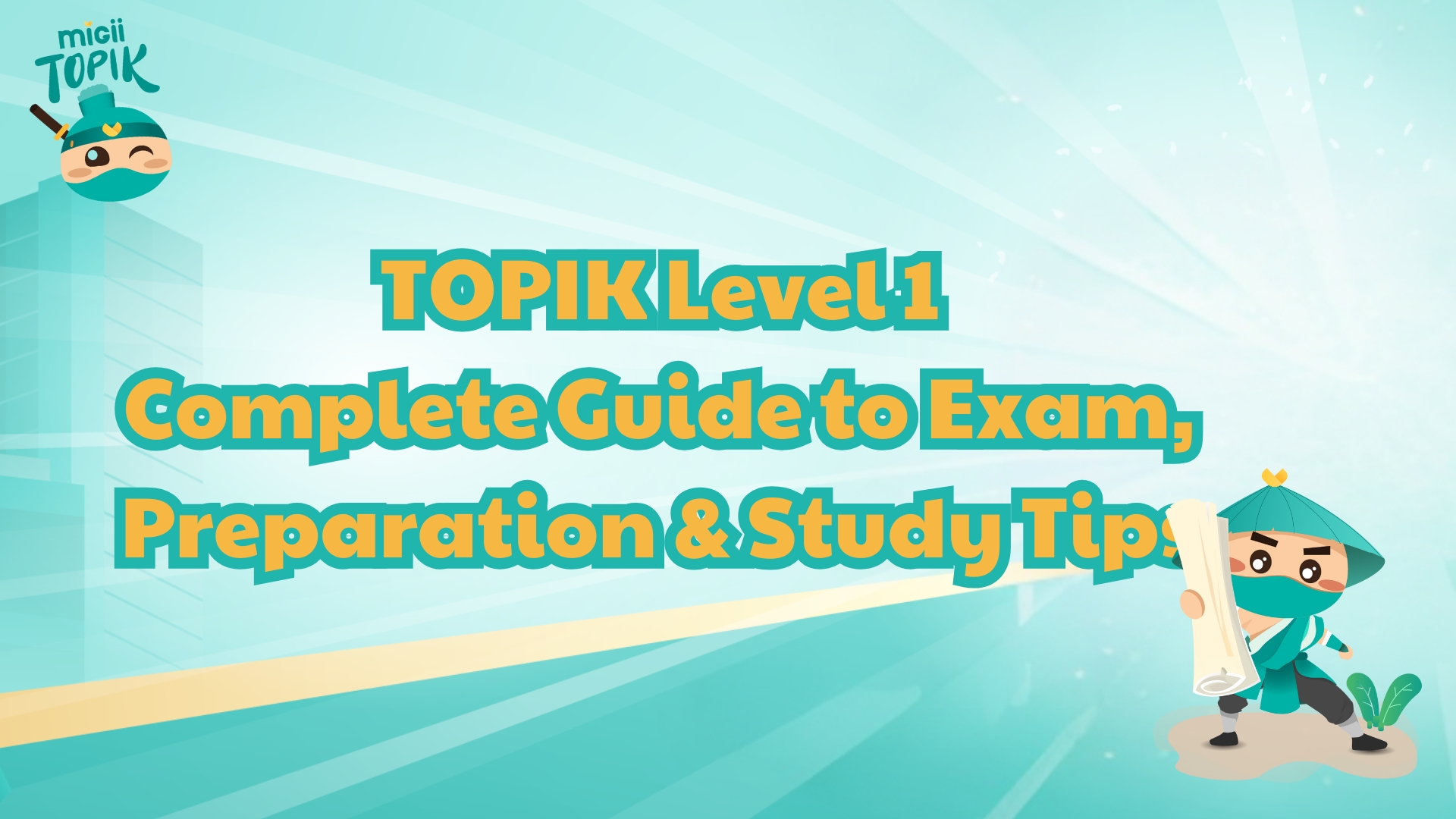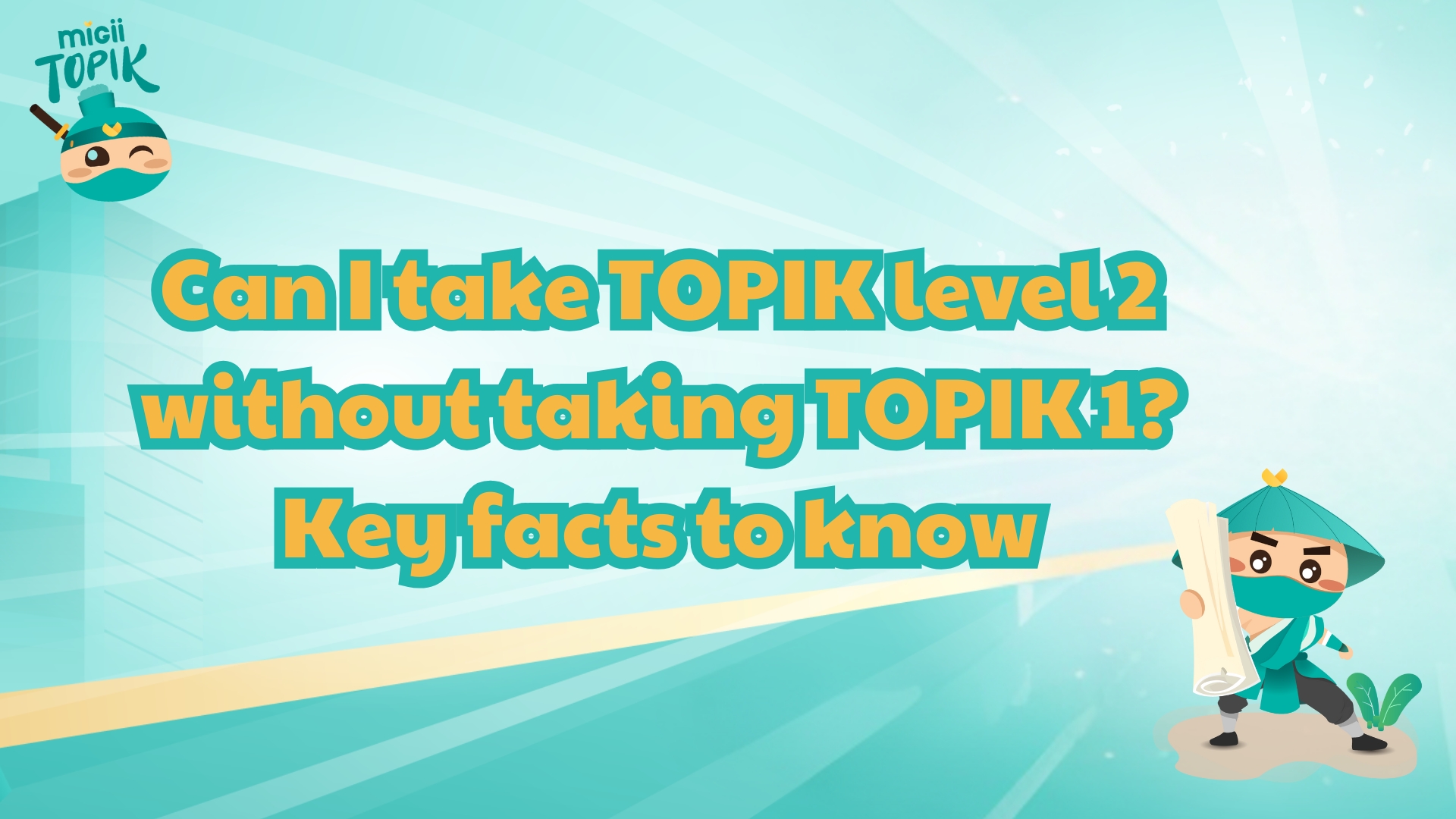JLPT N5 study hours are a common concern for beginners starting their Japanese learning journey. How many hours do you really need to pass the N5? This guide explains the recommended study time, key factors that affect your progress, and how to plan effectively from day one.
How Many JLPT N5 Study Hours Do You Need?
The number of JLPT N5 study hours you need depends on your background, study method, and consistency. However, most experts and learners agree that it takes approximately 150 to 250 hours of study to pass the JLPT N5, even if you start from zero.
General Estimate
|
Learner Type |
Estimated Study Hours |
Timeframe (with daily study) |
|
Absolute Beginner |
200–250 hours |
4–6 months (1–2h/day) |
|
Casual Learner |
150–200 hours |
6–8 months (30–60min/day) |
|
Fast-track Learner |
120–180 hours |
1.5–3 months (3–4h/day) |
These numbers are just averages. Some learners may need less time if they already know Chinese characters or other Asian languages, while others may require more time depending on their learning pace and retention.
Key Content to Cover During Study Time
To pass the JLPT N5, your study hours should focus on:
- Vocabulary: Around 800–1,000 basic words
- Grammar: Approximately 100 beginner grammar patterns
- Kanji: Around 100 basic characters
- Reading: Understanding short sentences and paragraphs
- Listening: Following slow-paced, everyday conversations
Looking for the right materials? Download a free JLPT N5 vocabulary and grammar ebook to start building your foundation today.
Tips
Rather than focusing only on the number of hours, prioritize consistency and quality of study. One hour of focused, active learning is more effective than three hours of passive review.
Factors That Affect Your JLPT Study Hours
While general estimates suggest 150 to 250 JLPT N5 study hours, the actual time you need can vary significantly based on several personal and external factors. Understanding these will help you build a more accurate and effective study plan.
Your Starting Point
- Absolute Beginners will naturally need more time to build a foundation in hiragana, katakana, and basic Japanese structure.
- Learners with prior exposure (e.g., anime watchers, kanji users, or those who took Japanese classes in the past) may progress faster.
Study Frequency and Consistency
- Studying 1 hour a day for 5–6 days a week is more effective than long weekend sessions with no review in between.
- Using short but daily practice sessions (e.g., 30 minutes twice a day) improves memory retention over time.
Learning Method
- Active learning methods like speaking aloud, writing kanji by hand, and using flashcards can help reduce total study hours.
- Passive methods (just watching videos or listening without engagement) require more time to show results.
Study Tools and Resources
- Learners using structured apps or textbooks (like Genki, Minna no Nihongo, or digital apps like Migii JLPT) often learn faster than those who rely solely on random online content.
- Tools with spaced repetition systems (SRS) like flashcard apps significantly improve vocabulary retention and reduce review time.
Lifestyle and Daily Schedule
- Full-time students may dedicate more hours per week, while working professionals or parents may only manage shorter study bursts.
- Your mental energy and focus level during study time can also affect how efficiently you learn.
Exposure to the Language
- Learners who immerse themselves in Japanese (e.g., watching shows with Japanese subtitles, joining communities, or speaking with natives) tend to develop listening and comprehension skills faster.
- Lack of exposure outside of study hours may slow progress, especially in listening.
Recommended JLPT N5 Study Plan
Now that you understand how many JLPT N5 study hours you need, it’s time to turn that into a realistic study plan. Below are three suggested schedules tailored to different learning speeds and lifestyles: casual, regular, and fast-track. Each plan covers the core areas tested on the JLPT N5: vocabulary, grammar, kanji, reading, and listening.
6-Month Study Plan (For Busy Learners – ~1 hour/day)
- Goal: Complete ~180 hours over 6 months
- Ideal for: Working professionals, students with limited time
|
Week |
Focus |
|
1–4 |
Master hiragana, katakana, basic greetings, 100 core words |
|
5–8 |
Basic grammar (~です, ~ます), 150 vocabulary, 20 kanji |
|
9–12 |
Listening practice + short reading comprehension |
|
13–16 |
Expand grammar, learn 30 new kanji, mock test section 1 |
|
17–20 |
Vocabulary + listening drills, basic conversation phrases |
|
21–24 |
Full review, take mock tests, identify weak areas |
3-Month Study Plan (Standard Pace – ~2 hours/day)
- Goal: Complete ~200 hours over 3 months
- Ideal for: Motivated learners studying daily
|
Week |
Focus |
|
1–2 |
Kana, greetings, beginner sentence patterns |
|
3–6 |
Grammar (~50 points), 300 vocabulary, 40 kanji |
|
7–9 |
Listening with subtitles, basic reading comprehension |
|
10–12 |
Full practice tests, review weak spots, timed drills |
Daily schedule example:
- 30 min vocabulary + kanji
- 40 min grammar and reading
- 30–50 min listening/speaking practice
1.5-Month Fast-Track Plan (Intensive – 3–4 hours/day)
- Goal: ~220–250 hours over 6–8 weeks
- Ideal for: Learners preparing under time pressure
|
Week |
Focus |
|
1–2 |
Intensive kana, 300 words, 30 grammar points |
|
3–4 |
Add 50+ kanji, full reading/listening drills |
|
5–6 |
Mock tests daily, mistake review, conversation fluency |
Tips:
- Use SRS flashcards for vocabulary daily
- Watch short Japanese videos with subtitles
- Take 2–3 mock tests before the real exam
Study Tips for All Plans
- Combine textbooks (e.g., Minna no Nihongo, Nihongo So-Matome) with online platforms
- Track your study hours in a spreadsheet or app to stay motivated
- Review vocabulary regularly using spaced repetition
- Don’t skip listening practice — it’s 25% of the exam!
When Are You Ready to Take the JLPT N5?
Many learners ask not only how many JLPT N5 study hours are needed, but also how to know when they’re truly ready to take the exam. Time spent studying is important, but exam readiness depends on performance, not just hours logged.
Here are 5 clear signs you’re ready to sit for the JLPT N5 with confidence:
You Consistently Score 80%+ on Mock Tests
- Passing the JLPT N5 usually requires a minimum score of 80/180, but aiming higher gives you a safety margin.
- If you’re regularly scoring above 80–100 points on full-length mock tests, especially under timed conditions, you're likely exam-ready.
- Use free mock tests like those available on Migii JLPT to track your progress.
You Can Read and Understand Simple Sentences
- You should be able to read hiragana, katakana, and about 100 basic kanji with ease.
- JLPT N5 reading involves:
- Everyday signs and notices
- Short passages (describing a friend, a schedule, etc.)
- Basic grammar patterns like ~ます, ~です, ~が好きです, etc.
- If you can answer reading questions without using a dictionary for every line, you’re ready.
You Can Understand Slow, Clear Japanese
N5 listening includes:
- Short conversations in daily settings (shopping, school, travel)
- Announcements or instructions
You’re ready if you can:
- Catch keywords on the first listen
- Understand the overall meaning without needing transcripts
- Recognize common sentence endings like ~ね, ~よ, ~か
You Can Understand and Use Basic Grammar
N5 grammar is not just about recognition; you should be able to use patterns in short sentences.
You’re ready when you can:
- Identify the correct particle (は, を, に, で, etc.)
- Conjugate verbs in polite form correctly (ます-form)
- Understand common sentence structures like “A is B” and “I want to do…”
You Can Finish Practice Tests Within Time Limits
- The JLPT N5 exam lasts 105 minutes across listening, vocabulary, grammar, and reading sections.
- You’re ready if you can:
- Complete all parts within the time limit
- Manage time between questions confidently
- Avoid mental fatigue by the end of the practice test
Final Check: Try This Quick Readiness Test
Ask yourself:
- Have I studied for at least 150–200 focused hours?
- Can I read and listen to beginner-level Japanese without constant assistance?
- Am I confident in my ability to handle test pressure?
If you answered “yes” to most of these, it’s time to register!
Not sure where to begin your N5 journey? Check out this step-by-step JLPT N5 study roadmap designed for complete beginners.
FAQs: JLPT N5 Study Hours
How long does it take to learn JLPT N5? How long does it take to pass jlpt n5?
Most learners need between 150 and 250 hours to pass JLPT N5. The exact number depends on your language background, study method, and consistency. Beginners starting from zero should expect to spend closer to the higher end of that range.
JLPT N5 hours of study: Is 100 hours enough?
While some may pass with around 100 JLPT N5 hours of study, it's uncommon. For most beginners, at least 150 focused hours are recommended for full preparation.
JLPT N5 how many hours should I study daily?
If you're studying for 1–2 hours per day, you can expect to be ready in 2 to 6 months, depending on your schedule and retention. More hours per day = faster results.
How long to pass JLPT N5 with no prior knowledge?
With no background in Japanese, it generally takes 4 to 6 months of regular practice to pass JLPT N5. That’s about 200–250 study hours in total.
What’s the ideal JLPT study time per week for N5?
Aim for 7 to 14 hours per week. Splitting your JLPT study time across daily sessions is more effective than cramming once or twice a week.
How long to study for JLPT N5 if I’m learning part-time?
If you study part-time (e.g., 30–60 mins/day), expect to be ready in 5 to 8 months, totaling about 150–200 JLPT study hours.
What’s the best way to use my JLPT study hours effectively?
Balance your JLPT study hours between vocabulary, grammar, listening, and reading. Use active recall tools like flashcards and spaced repetition systems.
Conclusion
To pass JLPT N5, most beginners need around 150–250 JLPT N5 study hours. The exact number depends on your pace, tools, and consistency. If you're wondering how long to pass JLPT N5 or how many hours for JLPT N5 are enough, start by checking your level. Take a free mock test now on Migii JLPT.



